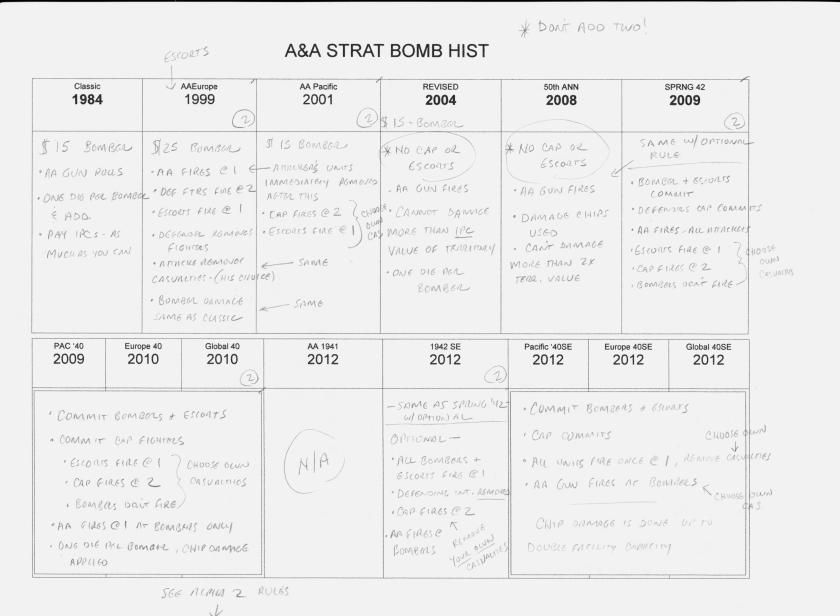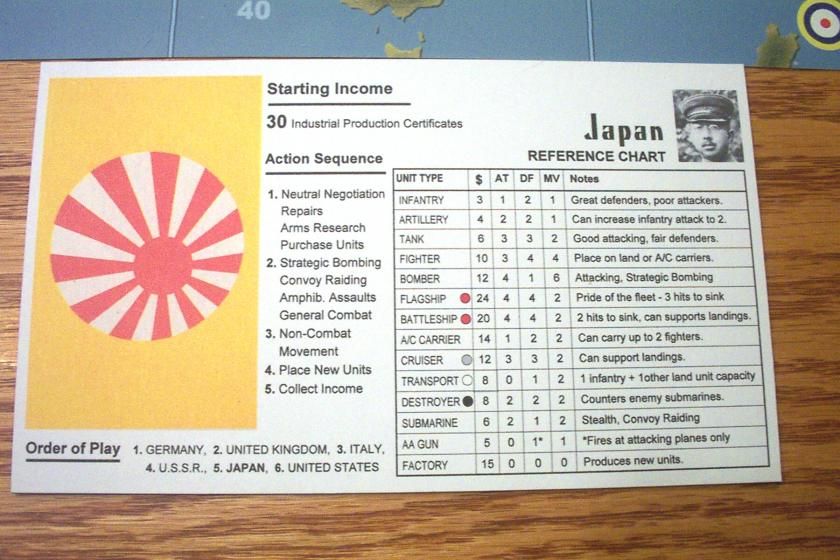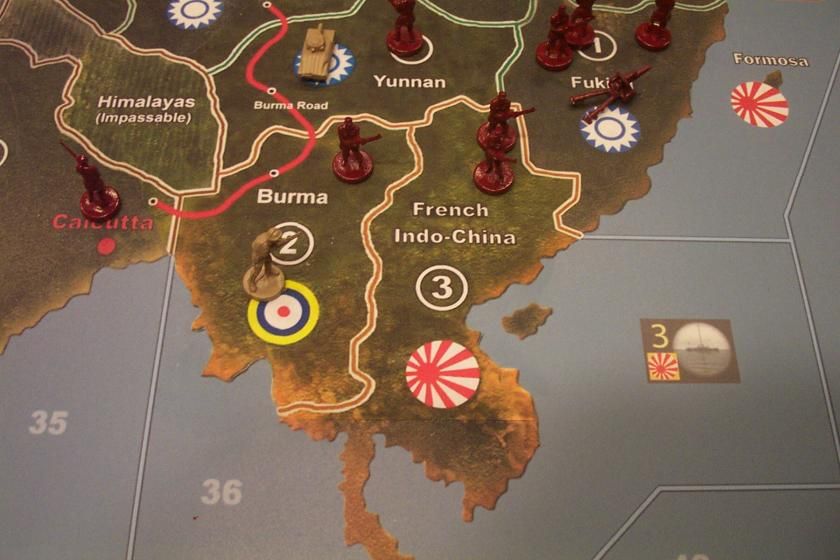Written by Der Kuenstler on 02-12-2013 at Axis and Allies.org, assembled and edited by Rorschach of I Will Never Grow Up Gaming
So you’ve got some great new House Rules (in your own view, anyway) for Axis and Allies and you’d like others to cooperate and play along. This is not always easy, but here are a few tips that will improve your chances of selling your ideas:
1. Introduce your rules to brand new players. One of the hardest things for people to do in life is change. Just think how hard it is for people to stop smoking, stay on a diet, etc. – and remember it is just as hard for someone who has been playing this game for years to change a rule. On the other hand, a new player comes into the room ready for anything – they’ve never played before, so all is readily accepted.
2. Play at your house. People will be more likely to try your ideas on your turf. Especially if they are eating your snacks and drinking your drinks.
3. Learn the history of the rules of the game. This requires some homework. You should know the history of each of the rules that you are trying to adjust. There may already be a rule like you want in place from a past edition of the game. Or you may find you will have a hard time selling your idea of navy frogmen since that has never been in the game at all. This is a sheet I made in order to learn the history of strategic bombing rules in Axis and Allies:

4. Create an official edition of your house rules and hand out copies to the players ahead of time. This is not that hard to do with all the publishing programs available out there. Players will not be impressed with your crumpled, handwritten, misspelled house rules. And don’t try to get away with saying “the rules are in my head.” Here is an example of one of my Axis and Allies rulebooks that has house rules in it: 
5. Make your game changes look professional. Here is one of my player cards. After some practice I’ve been able to make these cards identical in quality to the stock cards that come with the game. If there are any price changes to the units, you cannot tell that there was a change. Don’t get sloppy and white-out prices or scotch tape your ideas on there – you are asking for trouble!

Here is a photo of a change I made to my map recently. Can you see it? I added Burma and the Burma Road to my 1942 map with a sticker. I printed 3+ stickers before I finally got the exact size and shade to match. Don’t get lazy – if it looks professional people will accept it.
 6. If possible, have a president for your house rule. If you can say “this rule is based on a rule from the 1984 Edition of Axis and Allies” it will be accepted better than saying “this is something I came up with myself.”
6. If possible, have a president for your house rule. If you can say “this rule is based on a rule from the 1984 Edition of Axis and Allies” it will be accepted better than saying “this is something I came up with myself.”
7. Play test your rules ahead of time before introducing them – make sure they actually work. Bounce it off the veteran players on the forum. Don’t change something before testing and then have to change it back – it makes you look like you don’t know what you are doing.
8. If you get a heckler questioning the change, point out that there have been about 18 OFFICIAL sets of rule changes published for Axis and Allies since 1984. Tell him this is not an ancient game with established rules like chess that has been around thousands of years – the rules aren’t hardened into stone yet.
9. If you still get resistance, you can always hang this quote from Larry Harris in your game room like I did and point to it – after all, Mr. Harris invented the game – his opinion should always count!

10. If everybody really hates your idea, don’t try to push it. You may think it’s the greatest idea in the world but it may actually be a bad idea. File it away and rethink it later. Better to have a room full of friends playing a game that’s not quite perfect than playing your perfect game all by yourself.
Appended advice by CWO Mark :
11. Keep the number of house rules manageable. House rules can be viewed as seasoning which should be applied sparingly to the game; their purpose is to tweak the official rules, not replace them. The greater the number of house rules, the harder they are to memorize and the more they have the potential to fundamentally alter or unbalance the game. One way of splitting the difference is to have a large list of potential house rules, but to use only a small number of them in each game; choosing with your fellow players which house rules will be used in a particular game can be fun, and it adds variety to your get-togethers because you’re playing a slightly different game each time.
12. Have your supplementary rulebook state the overall objective of your house rules (assuming that they’re guided by a defining principle). For example, the purpose of your house rules could be: a) to make the game go faster; b) to alter the balance of victory probability for one side or the other; c) to explore a particular alternate-history scenario; d) to correct perceived flaws in the official rules; e) to reflect more accurately the performance and/or cost of particular combat units; f) to create a game variant that uses a fundamentally different game mechanic (such as concealed play, using two game boards and a referee). Players may be more willing — or may even be enthusiastic — about using your house rules if they understand what you’re trying to accomplish with them.
House rules for many games can be a fantastic addition or welcomed change from the usual. If you’ve got some great ideas for changes to ANY game never hesitate to write them down and see how they play out. You might be pleasantly surprised at the results!


